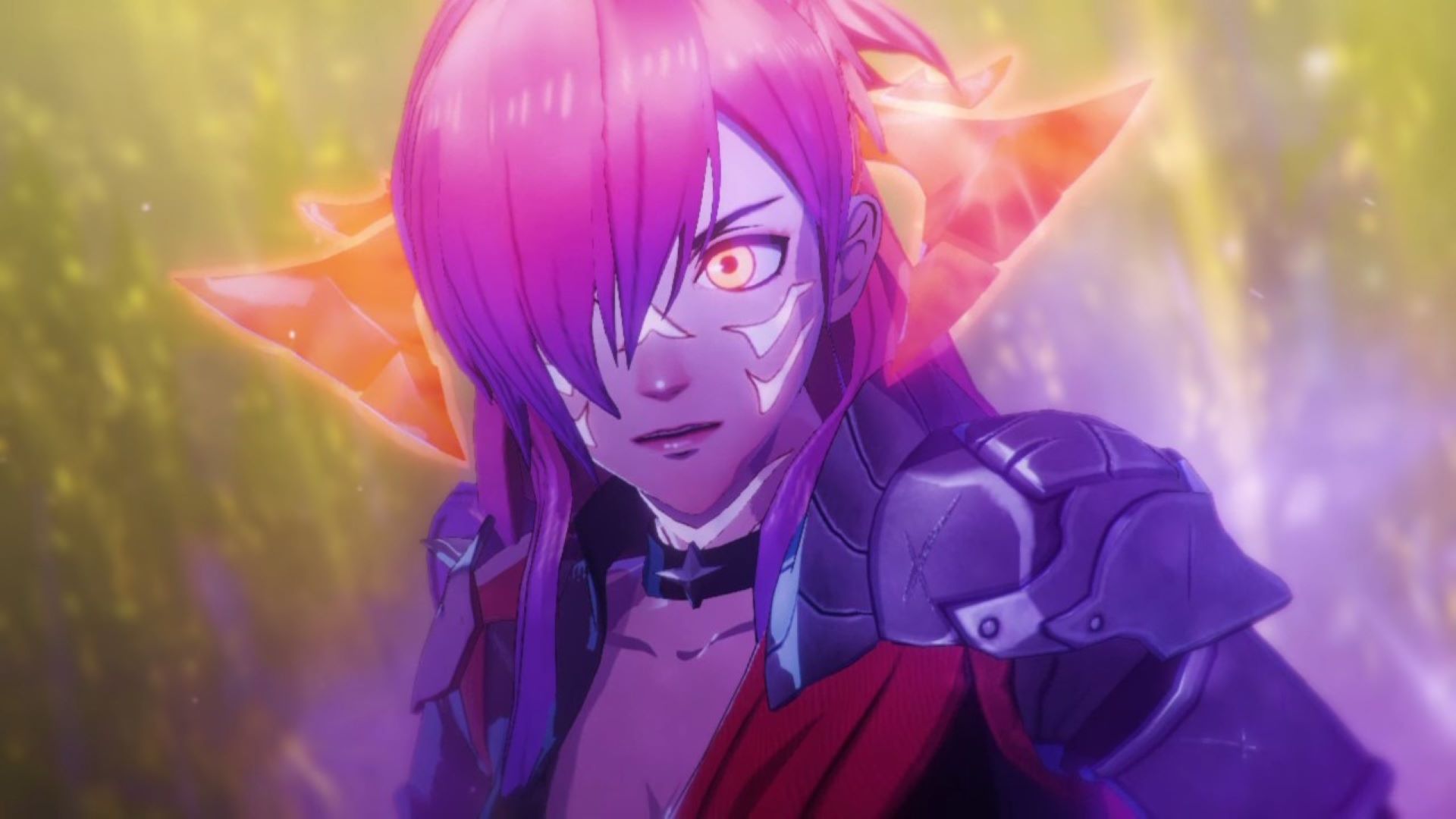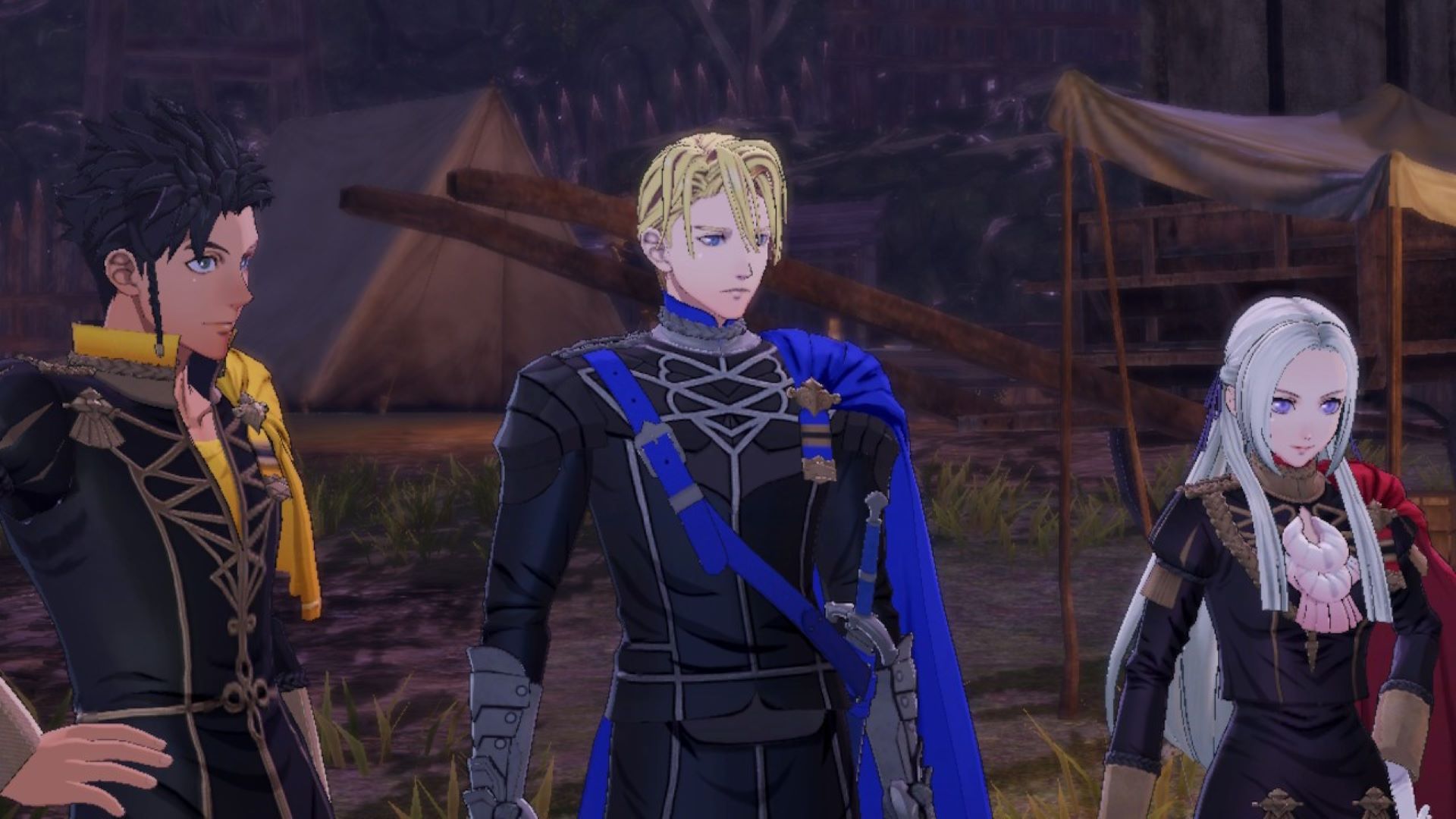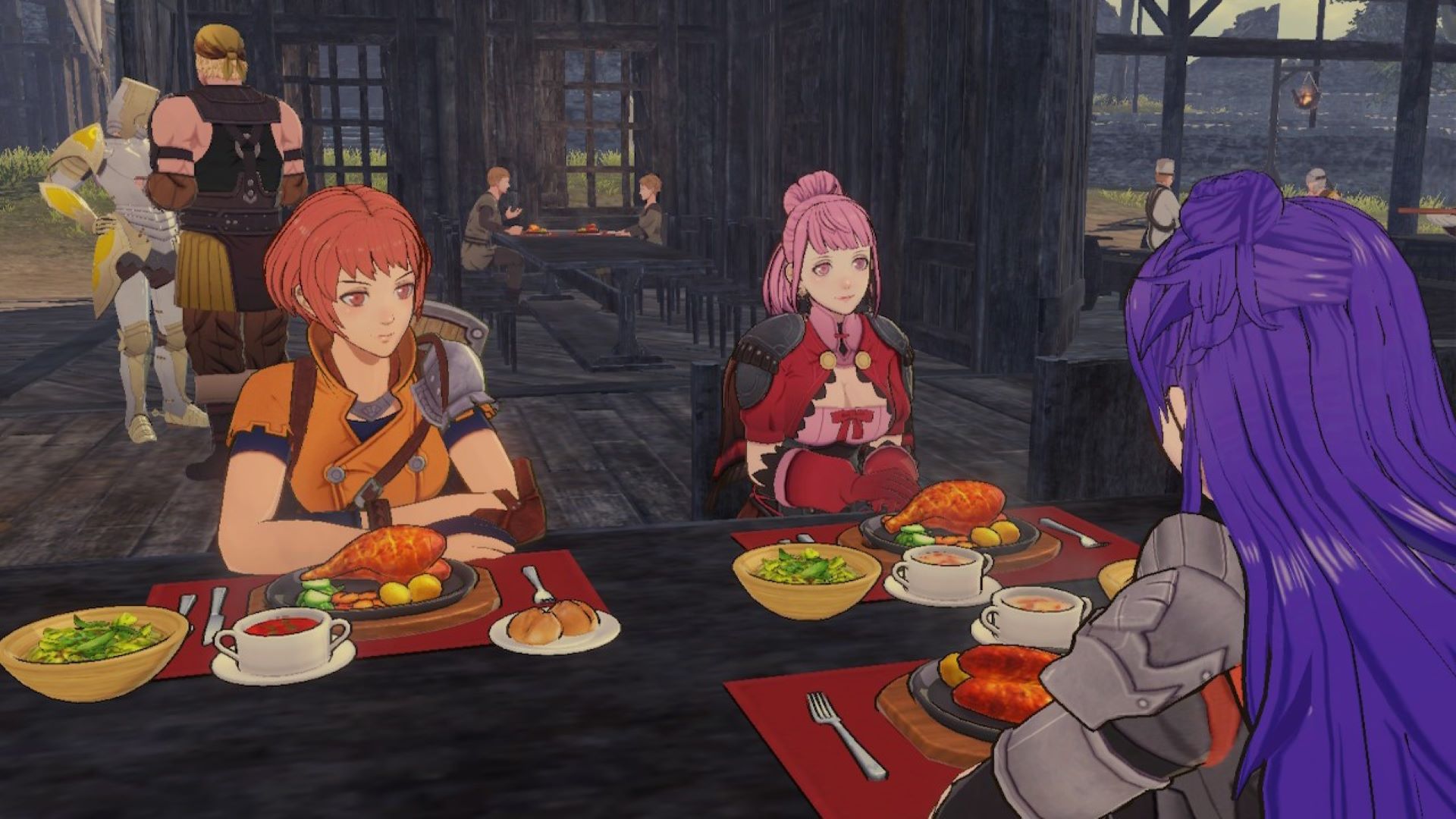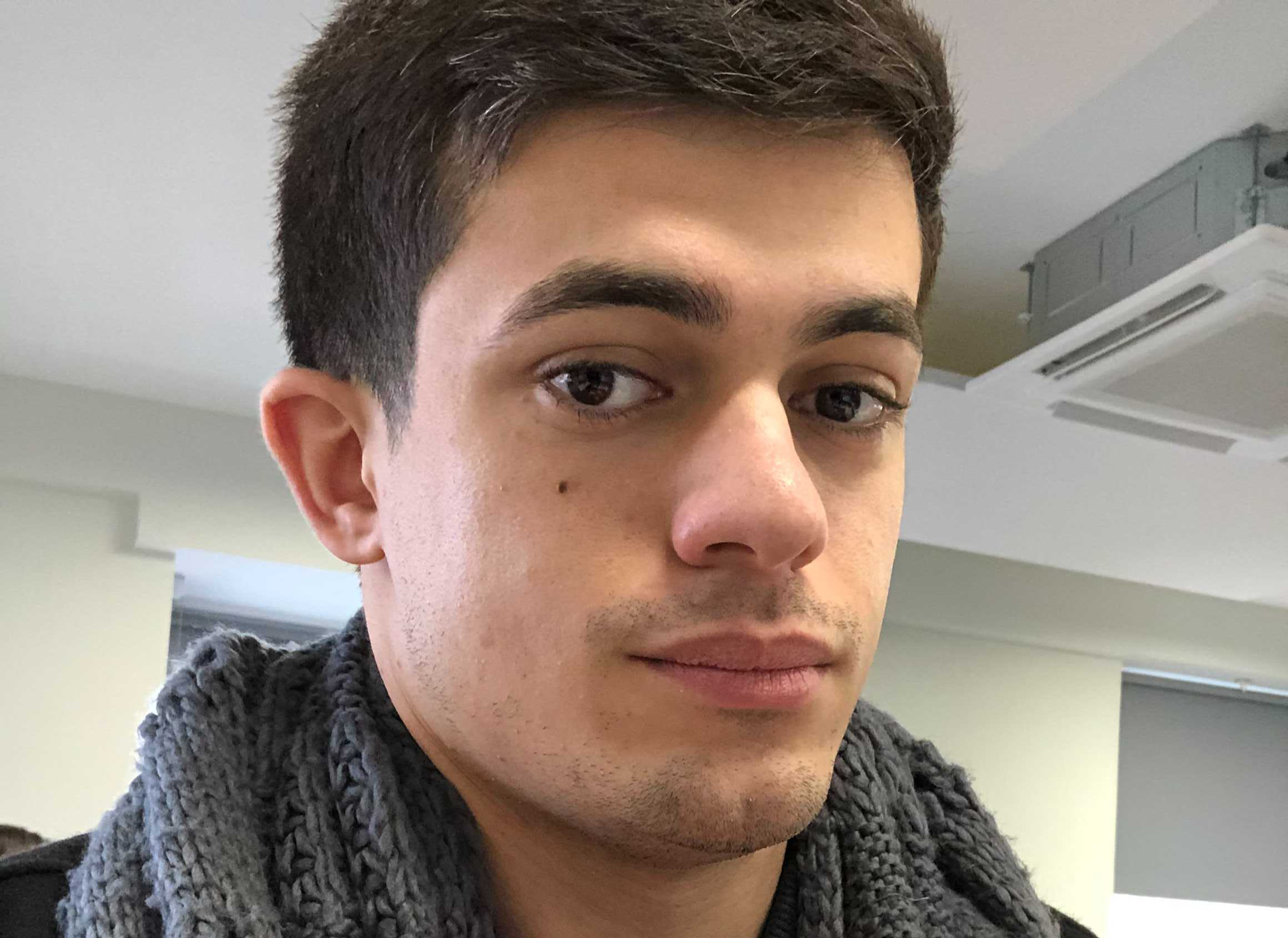Fire Emblem Warriors - Three Hopes puts action before its characters
The latest Warriors spin-off puts the musou twist on Three Houses

Fire Emblem: Three Houses always put its characters first. The Blue Lions, Black Eagles, and Golden Deer had dozens of loveable companions between them, which played no small part in catapulting the tactical series to new heights on the Nintendo Switch, as a brand new dedicated fanbase coalesced around Three Houses. But, I’m not sure that’s still the case with Fire Emblem Warriors - Three Hopes.
Switching out tactical battles for all-out real-time warfare against hundreds of encroaching troops, the latest in Koei Tecmo’s Warriors spin-off saga pits the player and their companions against hordes of enemies to hack and slash through with wild abandon, button mashing your way through stages with gusto.

The combat is actually incredibly enjoyable, if worlds apart from Three Houses' strategic fights. The player takes a commanding role on the battlefield, electing a handful of warriors from their house to accompany them, and switching between playing as them at will. Just like Three Houses, everyone has their strengths and weaknesses, so you might switch to Claude for taking on a wyvern rider, or Dimitri to route a cavalry unit.
Team composition is paramount, but so too is directing your allies on the battlefield. Every fight places enemies with certain weapons before you on the battlefield, and it’s up to you to dispatch the correct ally to rush headlong into the fight and take them out. Commanding your comrades is mercifully simple, and is done at any time from a quick overview screen while you’re carving up hundreds of enemies with combo attacks. This element brings Koei Tecmo’s musou formula closer to Fire Emblem’s usual strategic warfare, and it feels like a great, natural blending of the two.
Shadow warfare

Three Hopes doesn’t quite get to the level of customization from Three Houses, but it gives it a damn good go. You can craft and switch out weapons, stat-boosting equipment, abilities, and battalions with unique abilities for each playable character in every house. Classes also make a triumphant return, so you can still change up the entire battle attire, gear, and moves of any one character, completely transforming the role they play on the battlefield. And yes, brawler Hannemann does, unfortunately, return.
Three Houses peppered its pacing with tactical battles, but Three Hopes uses them far more often. Whereas you’d previously spend hours gearing up for the next inevitable showdown, in Three Hopes you’re sometimes undergoing back-to-back onslaughts, as every chapter in the new game has the opportunity for you to take on various scrimmages, some of which are entirely optional.
Battles pushing their way to the forefront of Three Hopes means its characters are at risk of getting pushed aside. There’s not a whole lot of character development in the main plot of Three Hopes through the first few chapters of each campaign, as each house strives headlong to persevere as the continent gets swept up in a bloody war once again.
Weekly digests, tales from the communities you love, and more
What is there, though, is a remix of the original Three Houses storyline. Byleth is ousted as the protagonist, and stepping straight into their role as companion to one of the three houses is newcomer Shez, on a mission to fell Jeralt, Byleth’s imposing father figure. There are some story beats Three Houses players will recognize in the early hours - like the humble librarian Tomas shapeshifting into an evil scrotum wizard - and returning characters like cutesy Monika and bloodthirsty Kronya.
Old tricks

The saving grace of Three Houses’ character shining through in Three Hopes is the return of support links. Back in Three Houses, you’d undertake menial tasks like cleaning and cooking with your students to grow closer to them, eventually reaching a new support level which in turn opened new dialog with and further fleshed them out. Three Hopes relies on the same methods for growing closer to your comrades - you could prepare fish skewers for Ignatz to deepen your friendship, or clean the stables with Hilda to see a new side to the axe-wielding warrior.
Performance can be downright weird. If you thought the Nintendo Switch might not quite be able to handle hundreds of characters at once, you’d be absolutely correct, but unlike Hyrule Warriors: Age of Calamity, Three Hopes doesn’t have so many profound dips in frame rate. Instead, menus will strangely jump up to around 60FPS, while battles will hover around a relatively stable 30FPS, occasionally dipping slightly when you unleash a special move. It’s odd, but not as jarring as any past Warriors game on the Switch.
The opening chapters of Fire Emblem Warriors - Three Hopes sit alongside Three Houses in a smart way. Remixing the overarching plot of every house is a great way to provide veteran players with something new to explore, while the hack-and-slash fights straddle a comfortable line between Fire Emblem’s strategic battles and the Koei Tecmo musou games. Performance can be a little odd on the Switch, if not outrightly disrupting the entire game, but it’s the characters taking a backseat to the action where the biggest gulf between Three Hopes and Three Houses unfortunately forms.
Read up on our upcoming Switch games guide for a complete look at all the other titles coming to Nintendo's console in the near future.
Hirun Cryer is a freelance reporter and writer with Gamesradar+ based out of U.K. After earning a degree in American History specializing in journalism, cinema, literature, and history, he stepped into the games writing world, with a focus on shooters, indie games, and RPGs, and has since been the recipient of the MCV 30 Under 30 award for 2021. In his spare time he freelances with other outlets around the industry, practices Japanese, and enjoys contemporary manga and anime.



